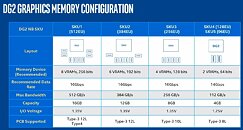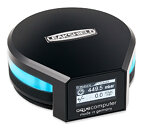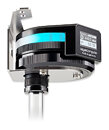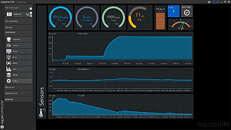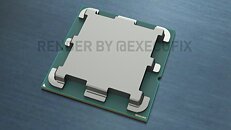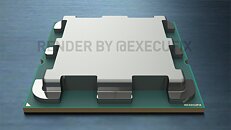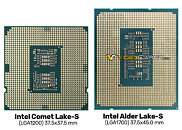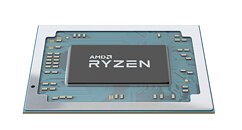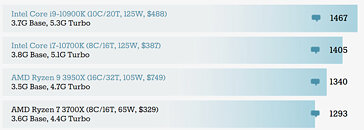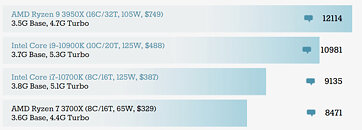
NVIDIA DLSS Source Code Leaked
The mother of all cyberattacks hit NVIDIA over the weekend, putting out critical driver source-code, the ability to disable LHR for mining, and even insights into future NVIDIA hardware, such as the Blackwell architecture. An anonymous tipster sent us this screenshot showing a list of files they claim are the source-code of DLSS.
The list, which looks credible enough, includes C++ files, headers, and assets that make up DLSS. There is also a super-convenient "Programming Guide" document to help developers make sense of the code and build correctly. Our tipsters who sent this screenshot are examining the code to see the inner workings of DLSS, and whether there's any secret sauce. Do note that this is DLSS version 2.2, so a reasonably recent version including the latest DLSS 2.2 changes. This code leak could hold the key for the open-source Linux driver community to bring DLSS to the platform, or even AMD and Intel learning from its design. Stealing Intellectual Property is a big deal of course and NVIDIA's lawyers will probably be busy picking apart every new innovation from their competitors, but ultimately it'll be hard to prove in a court of law.
The list, which looks credible enough, includes C++ files, headers, and assets that make up DLSS. There is also a super-convenient "Programming Guide" document to help developers make sense of the code and build correctly. Our tipsters who sent this screenshot are examining the code to see the inner workings of DLSS, and whether there's any secret sauce. Do note that this is DLSS version 2.2, so a reasonably recent version including the latest DLSS 2.2 changes. This code leak could hold the key for the open-source Linux driver community to bring DLSS to the platform, or even AMD and Intel learning from its design. Stealing Intellectual Property is a big deal of course and NVIDIA's lawyers will probably be busy picking apart every new innovation from their competitors, but ultimately it'll be hard to prove in a court of law.


